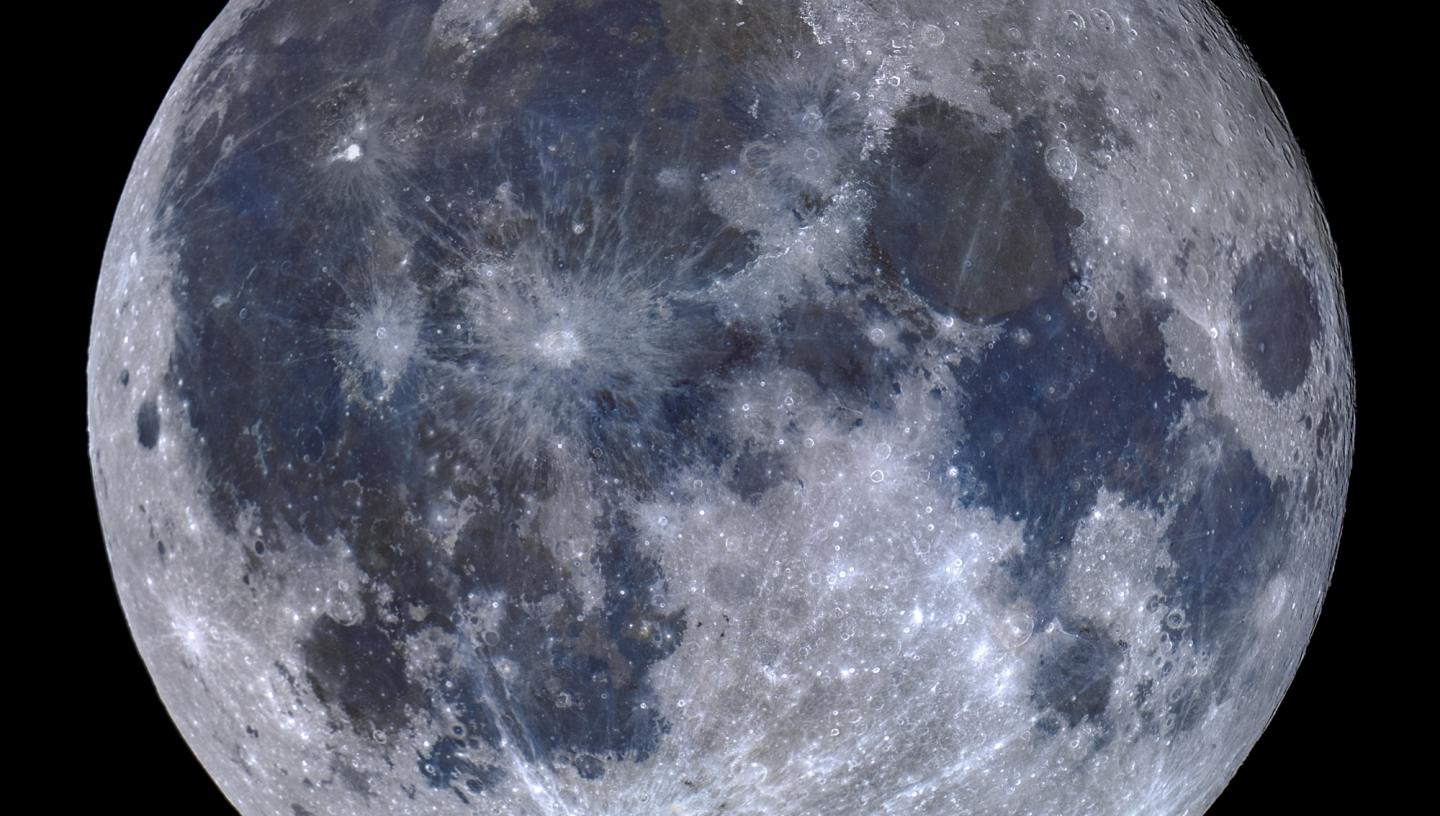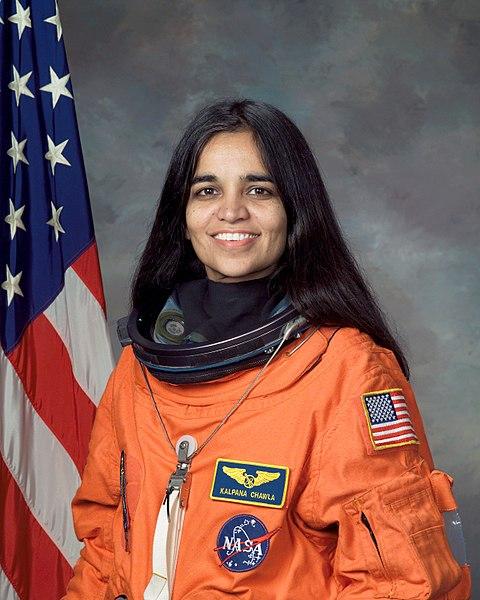
The Moon and music
In space, no one can hear you scream. Or sing for that matter. But that hasn't prevented generations of musicians from being inspired by the Moon and Moon landings.
When words fail to capture the awe and wonder of the Solar System, only song will do. From Debussy’s Clair de Lune to R.E.M.’s Man on the Moon, the Moon’s presence in music crosses genres and time.
NASA’s Apollo 11 astronauts even had mixtapes for their journey to the Moon.
The playlist featured tracks from the likes of Peggy Lee and Barbra Streisand, and was put together by music executive Mickey Kapp. The astronauts each had a Sony TC-50 cassette recorder, primarily used to record mission notes. However, Kapp also loaded the recorders with bespoke playlists for the astronauts to play during the journey.
The songs on the Apollo 11 astronauts’ tapes included People by Barbra Streisand, Galveston by Glenn Campbell and Peggy Lee’s cover of Sly Stone’s Everyday People.
This wasn’t just a treat for Apollo astronauts however. Until the end of the Shuttle programme in 2011 the mission’s capsule commander (CAPCOM) was able to choose songs to wake up those on board the shuttle. There are even occasionally wake up songs for astronauts on board the International Space Station (ISS) to this day.
Find out more at The Moon exhibition
The 'music' heard by Apollo 10 in outer space
Whilst making music about the Moon has long been established, Apollo 10 astronauts thought that they could hear music coming from the Moon itself.
While flying around the far side of the Moon in 1969, lunar module pilot Gene Cernan asked command module pilot John Young whether he could hear “that whistling sound?”
Young described it as ‘outer spacey music’ and Commander Tom Stafford confirmed that he too could hear the noise. Whilst the three astronauts puzzled over the cosmic concert, the reason for the noise is actually a lot simpler: the lunar module and the command module radios were interfering with each other.
Want space news straight into your inbox? Sign up to our space newsletter
The first musical instruments in space
Although what the Apollo 10 astronauts heard was not actually space music, there has been a concert, of sorts, from space.
Gemini 6 launched into space in December 1965 with the aim of performing the first ever rendezvous with another crewed spacecraft, Gemini 7. The manoeuvre was a success, and Mission Control celebrated. Then they received a message from pilot Tom Stafford reporting a UFO sighting...
“We have an object, looks like a satellite going from north to south, probably in polar orbit.... Looks like he might be going to re-enter soon.... You just might let me pick up that thing.... I see a command module and eight smaller modules in front. The pilot of the command module is wearing a red suit.”
This was followed by a chorus of Jingle Bells, with Command Pilot Wally Schirra on harmonica and Stafford on bells - the first musical instruments in space.
Making music in space remains a popular pastime for astronauts, as can be seen in the viral music video for David Bowie’s Space Oddity which Colonel Chris Hadfield created whilst on board the ISS in 2013.
Music inspired by the Moon landings
As well as songs about the Moon itself, human efforts to reach the Moon have also inspired music.
Find out more about music and the Moon in the Moon official exhibition book
In 1996 electro band Komputer released Valentina about the first woman in space. 1950s BBC radio comedy The Goon Show featured a song about the space race and Sputnik.
Public Service Broadcasting meanwhile dedicated an entire album to the story of the space race in 2015 – titled The Race for Space.
Syd Barrett of Pink Floyd was first inspired to write a song about space after reading about the Moon in an encyclopaedia.
The connections between Pink Floyd and the Moon landings became more than a passing interest however.
As Armstrong and Aldrin were preparing to step onto the lunar surface on 20 July 1969, Pink Floyd were in a BBC studio, improvising an instrumental song live.
The jam session later became the song Moonhead and was broadcast as part of an episode of BBC show Omnibus titled ‘So What If It’s Just Green Cheese?’ covering the Moon landing on British television.
“It's a nice, atmospheric, spacey, 12-bar blues” Pink Floyd’s David Gilmour wrote in the Guardian in 2009 of the song.
The band also went on to write and release seminal 1973 album The Dark Side of the Moon, one of the best-selling albums of all time.
Despite the success of the album, there is technically no 'dark' side of the Moon - astronomers instead refer to the 'far side' of the Moon. The side of the Moon facing away from us on Earth isn’t actually dark at all, and sees just as much sunlight as the side we see.
It’s not just the awe and wonder of space which has inspired music; artists have also responded to the tragedies of space exploration.
Kalpana Chawla, the first woman of Indian descent to go into space, was one of the seven crew members who died during the Columbia Space Shuttle Disaster of 2003.
Reportedly she had taken three Deep Purple albums into space with her, and had spoken to the band’s guitarist Steve Morse whilst in space. One of the albums was found in the wreckage. It was given to Morse, who later wrote Contact Lost in tribute to the astronauts who lost their lives in the disaster.
Music from another planet
The first song transmitted from another planet came from NASA’s Curiosity Mars rover and was written by will.i.am. Reach for the Stars was written especially to be transmitted from Mars, and the song travelled 300 million miles from Mars to be heard back on Earth.
Music to watch the Moon by
We've put together a playlist of our favourite Moon related songs. Share your favourite Moon songs with us on Facebook and Twitter.
